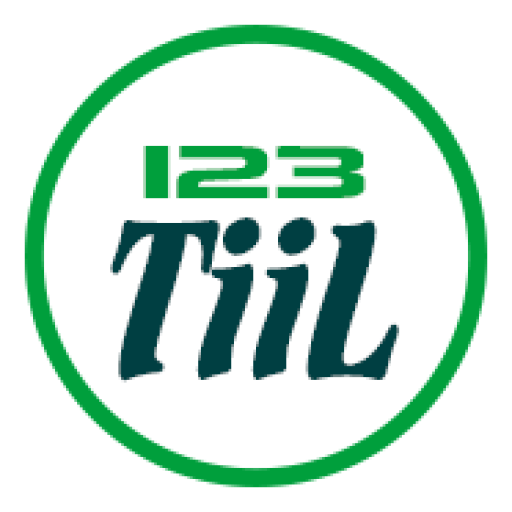1. **UAV Ad-hoc Network (Unmanned Aerial Vehicle Ad-hoc Network): A UAV Ad-hoc network is a wireless communication network formed by a group of UAVs (Unmanned Aerial Vehicles) that communicate with each other in an ad-hoc or decentralized manner. In this type of network, UAVs can establish direct communication links with nearby UAVs, and they can also act as relays to facilitate communication between distant UAVs. UAV Ad-hoc networks are often used in scenarios where a dynamic, self-organizing communication infrastructure is needed, such as disaster response, surveillance, or military operations.
2. **Multigroup UAV Ad-hoc Network: A multigroup UAV Ad-hoc network is an extension of the concept of UAV Ad-hoc networks where the network is divided into multiple groups or clusters of UAVs, and each group operates independently within its cluster. UAVs within the same group have direct communication links with each other, while communication between UAVs in different groups may be less frequent or indirect. This approach can help manage large-scale UAV networks more effectively and is suitable for scenarios with diverse mission requirements or geographically distributed tasks.
3. **Multi-layer UAV Ad-hoc Network: A multi-layer UAV Ad-hoc network refers to a network architecture that incorporates different communication layers or tiers among UAVs, each serving a specific purpose. These layers may include:
– **High-Altitude Layer: Consisting of high-flying UAVs that act as relays or data hubs to cover large areas.
– **Mid-Altitude Layer: Comprising UAVs at intermediate altitudes that perform specific tasks or data collection.
– **Low-Altitude Layer: Involving low-flying UAVs that perform close-range tasks, such as surveillance or inspection.
– **Ground Layer: Ground-based communication infrastructure or control stations that interact with the UAVs.
The idea behind a multi-layer UAV Ad-hoc network is to optimize communication, coordination, and data transfer by leveraging different layers of UAVs based on their altitude and capabilities. It allows for efficient management of airspace and resources in complex UAV missions, such as disaster response, where various altitudes and tasks need to be addressed simultaneously.
These network configurations offer different ways to organize and manage UAV communications based on mission requirements, scalability, and the need for specialized task groups. The choice of network type depends on the specific objectives and challenges of the UAV mission.
The component of UAV Ad-hoc Network (Unmanned Aerial Vehicle Ad-hoc Network)
A UAV (Unmanned Aerial Vehicle) Ad-hoc Network is a wireless communication network formed by a group of UAVs that communicate with each other in a decentralized manner. The components of a UAV Ad-hoc Network include various hardware, software, and protocols to enable communication and coordination among the UAVs. Here are the key components:
1. **UAV Nodes:** These are the individual UAVs that make up the network. Each UAV is equipped with communication hardware and may have sensors, cameras, or other data-gathering devices.
2. **Communication Hardware:** UAVs are equipped with communication hardware such as radio transceivers, antennas, and data links to establish wireless connections with other UAVs in the network.
3. **Communication Protocols:** Specialized communication protocols are used to enable UAVs to discover, connect to, and exchange data with neighboring UAVs. Protocols like MANET (Mobile Ad-hoc Network) or custom protocols designed for UAVs are used.
4. **Routing Algorithms:** Routing algorithms are responsible for determining how data is transmitted between UAVs in the network. These algorithms find the most efficient paths for data transmission, especially in dynamic environments where UAVs move.
5. **Network Management:** Network management components handle tasks such as addressing, authentication, security, and quality of service (QoS) to ensure that communication within the UAV Ad-hoc Network is reliable and secure.
6. **Energy Management:** UAVs often have limited battery life, so energy-efficient strategies are crucial to optimize resource usage and extend the network’s operational time.
7. **Topology Control:** Depending on the scenario, UAVs may need to dynamically adjust the network topology. This involves adding or removing links between UAVs to adapt to changing conditions or mission requirements.
8. **Data Processing and Fusion:** In many UAV missions, data collected from various UAVs may need to be processed, fused, and analyzed to make informed decisions. Data processing and fusion components are essential for this purpose.
9. **Ground Control Stations (GCS):** Ground control stations serve as the interface between operators and the UAV Ad-hoc Network. They are used for monitoring and controlling UAVs, providing commands, and receiving data.
10. **Applications and Services:** The UAV Ad-hoc Network architecture may include specific applications and services tailored to the mission’s objectives. These can range from surveillance and mapping applications to search and rescue coordination.
11. **Security Mechanisms:** Given the sensitivity of data and the potential for malicious actors, security mechanisms such as encryption, authentication, and intrusion detection are crucial components of a UAV Ad-hoc Network.
12. **Quality of Service (QoS) Management:** Ensuring that communication meets certain quality standards is important in many UAV missions. QoS management components help prioritize and optimize data transmission.
The specific components and their configurations can vary depending on the mission requirements, available technology, and the complexity of the UAV Ad-hoc Network. Designing a robust and effective network is essential for the successful execution of UAV missions in various domains, including military, surveillance, disaster response, and environmental monitoring.

